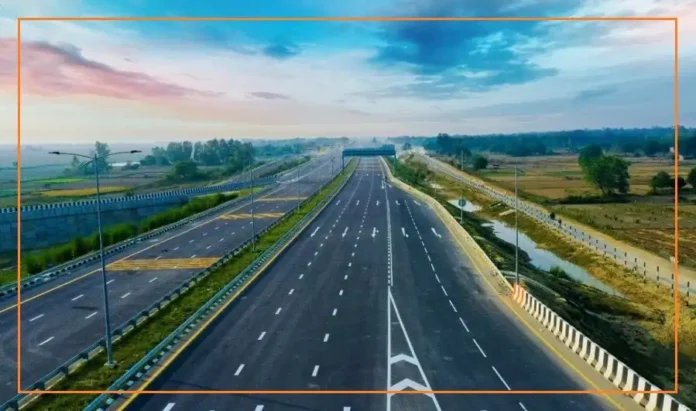India plans to upgrade nearly 5,500 kilometers of major national highways into electric highways (e-highways) under the National Highways for Electric Vehicles (NHEV) program.
This public-private partnership (PPP) will connect key routes like Delhi-Mumbai, Delhi-Kolkata, and Kolkata-Kanyakumari with world-class infrastructure ready for electric vehicles (EVs).
Charging and Roadside Support
Abhijeet Sinha, program director at NHEV, said the project focuses on strong charging and roadside assistance.
Charging stations will be set up every 50 km, each with 36 chargers and a capacity of 3,200 kWh.
These stations will also have EV service centers, clean toilets, lounges, and food courts. Roadside help and ambulances will be automatically dispatched within 30 minutes if a vehicle breaks down.
Smart Technology with IoT
The “e” in e-highways also means “electronic.” The highways will use IoT-based V2X (Vehicle-to-Everything) systems with cameras and sensors for better traffic control, law enforcement, and quick emergency responses.
Unlike Germany’s system that uses overhead wires, India’s e-highways will rely entirely on advanced charging stations.
Business and Logistics Benefits
Each charging station will also serve as a logistics hub, supporting last-mile deliveries within a 50-mile area and providing space for selling local goods.
This setup is expected to create delivery jobs, especially in semi-urban and rural regions.
Investment and Profitability
The PPP model divides ownership among government-owned companies (PSUs), private firms, individuals, and state governments.
Each station, costing between ₹40 to 50 crore, is expected to become profitable in about 40 months.
Revenue will come from charging, logistics, retail shops, and advertising, so no government subsidies are needed.
Encouraging EV Use
India aims to have 30% of private cars, 70% of commercial vehicles, and 80% of two- and three-wheelers as electric by 2030.
With EV sales growing 29% year-on-year as of June 2025, this e-highway project will help remove obstacles, especially for commercial vehicles, and reduce the large gap between chargers and EVs — currently 1 charger for every 235 EVs, compared to 1 charger for 7–15 EVs in other countries.
